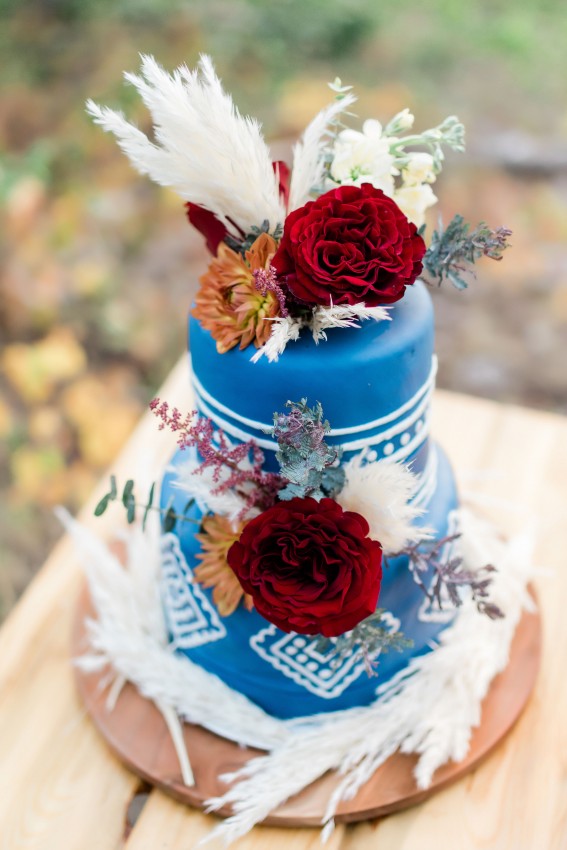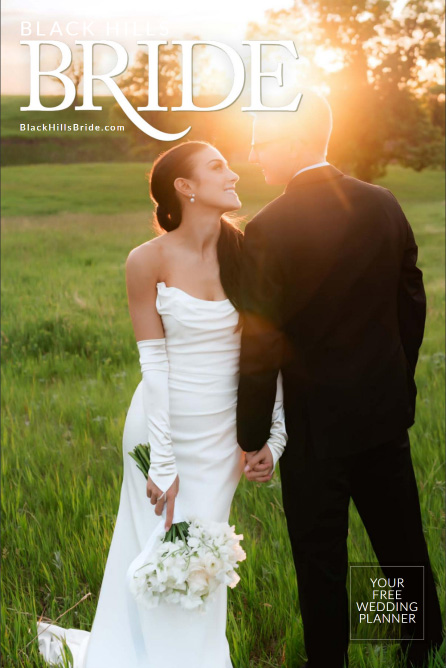How to Shop for Wedding Rings
When diamond shopping consider cut, color, clarity and carat. These characteristics are used by the diamond industry to grade and categorize diamonds. The more you know, the better prepared you are to make decisions regarding your purchase.
Traditionally ring shopping is a task that is left to the groom, but more and more couples are choosing to shop together — or at least guide the shopping process with style hints. Most jewelers are more than happy to explain the ins and outs of diamonds and settings, but coming prepared with basic terminology will help you feel more confident. The engagement ring is one of the most expensive jewelry purchases most of us will ever make, so you want to know as much as you can before buying.
Cut
When a diamond is transformed from rough to dazzling gem, it is cut with facets, which are different shaped and sized areas on the diamond’s surface. Each facet is positioned and polished to create the angles that best allow light to enter and reflect back out of the stone.
Color
The Gemological Institute of America (GIA) has devised a set of guidelines to grade diamond color. A lettering system from D to Z is used to identify the amount of color present in each diamond, with D awarded only to rare, totally colorless diamonds.
Clarity
This refers to the presence of identifying characteristics within (inclusions) the stone. The visibility, number, and size of these inclusions determine the clarity and value of a diamond.
Carat
The unit of weight of gemstones, including diamonds. Jewelry pieces with more than one diamond will be described in terms of combined total carat weight (TW). The price of diamonds increases rapidly with size; therefore, a single 2-carat diamond will cost much more than two 1-carat diamonds.
Bands and Settings
While the four Cs are the biggest thing to consider when choosing a diamond, you'll also need to choose the actual ring. Some jewelers will include the ring and diamond together, but others will have you pick them separately. Here are some terms and things to consider when choosing your rings.
Metals
Cobalt: A great alternative to white gold while getting the same look, cobalt is affordable and durable, and doesn't need to be replated. It is still a newer metal, so you won't find as many styles. Generally used for men's styles.
Gold: Both yellow and white gold are popular choices, and more affordable than platinum. It is resistant to rust and tarnish, but it is a soft metal so it is more prone to scratching. If you choose a white gold setting, know that you'll need to have it replated every few years.
Platinum: Usually the most expensive option, but also one of the most popular. The white sheen of this metal goes with anything, and it's durable enough to never fade or discolor. Platinum is a great choice if you have metal sensitivities.
Rubber or Silicone: Not the most formal option, but these rings are becoming more popular with active couples or demanding jobs. Consider getting them as a backup or in addition to your rings, or as your only set if you value comfort and versatility over traditional flashy rings. They've been around long enough now they come in a variety of colors and styles.
Silver: While not used as often, silver is a great cost-effective alternative to gold that can still be used to create beautiful settings.
Tungsten Carbide: This metal is popular but usually only used for men's styles. It's a man-made material, which means it's stronger and harder than most natural materials like gold. This means it's scratch resistant — great for people who work with their hands — but it's also impossible to resize if your hands change, and because it's brittle it can break.
Setting Styles
Bezel: A metal rim or band fully encircles and is visible around the perimeter of the main diamond. It has a more vintage feel, and it protects your diamond from being nicked or loosened from the setting.
Flush or Gypsy: More common in men's styles, this setting has one continuous band that holds the diamond flush with the metal so only the crown is exposed.
Halo or Pavé: In a halo setting, the main stone is encircled by a ring of smaller diamonds. This is a great way to add more sparkle to your setting, but it also makes a smaller carat diamond look bigger — a great way to save money without sacrificing style.
Illusion: This style uses several smaller diamonds set close together to mimic the appearance of one larger stone. It is more intricate and visually interesting than other styles due to the use of multiple stones and metal work.
Prong: The traditional and most common setting has three to six prongs that hold a single diamond in place, elevated above the band. It allows the most light exposure to the diamond, which maximizes the sparkle and glamour of the stone. They allow for easy cleaning and are usually less expensive, but they can snag easily and need to be checked often.
Tension: A modern style that holds the diamond in place using only tension on the stone, giving it the appearance of floating in the band. This is a great choice for brides wanting a minimalist look, but it is hard to resize or repair, and is recommended you not wear every day.
Band Styles
Enhancer or Ring Wraps: These bands give the illusion of a larger ring by surrounding your engagement ring on both sides. You can get a style that looks like a simple band on each side or go for a flashy setting that includes dramatic settings or various colored gemstones.
Infinity: One band made from intertwining strands that form an infinity sign on either side of your diamond setting. A perfect, elegant statement about everlasting love.
Matching: Sold as a set with the same metals and style for both bride and groom.
Minimalist: Usually a plain band in the same metal as the engagement ring. May have small embellishments or gemstones in the band, but are intended to let a bold or dramatic engagement ring stand out.
Pavé: Diamonds or other gemstones set close together in a band to add maximum sparkle to your engagement ring.


